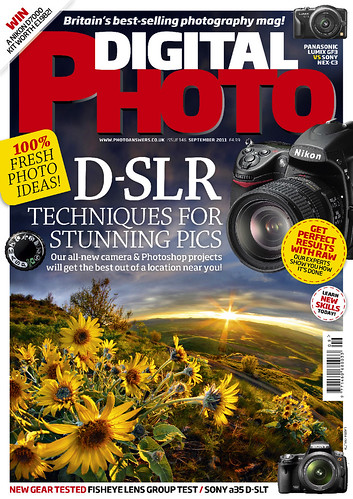A fish eye lens is just an extreme version of a wide angle lens, and dramatically curves your perspective. In my case, I used an 8mm Fish Eye. (Without a crop sensor camera, I think that is essentially a 180 degree view.) Any lens less than 22mm or so is considered 'wide angle'.
The starburst effect around the sun is achieved by setting the aperture fairly small (around f/11 or higher), and then obscuring the light source so it is as small as possible. In this case, the clouds covered the sun enough so a starburst could form (sometimes you might notice this effect with a well-placed branch or leaves, ...). The configuration of elements in the lens determines the number of rays and shape of the starburst.
Be careful when shooting into the sun, but playing around with starbrusts can add some fun interest to your photos! Wide angle lenses don't magnify the light as much, so they are safer to start off with, and you can also use your LCD screen instead of the view finder unless you are very sure the sun isn't too bright for your eyes.
Curve of the Earth
 |
Copyright Laura A Knauth, All rights reserved.
Please contact me for any usage. Also Available on Getty |
 Location:
Location:Steptoe Butte in the Palouse hills, Washington
en.wikipedia.org/wiki/Steptoe_Butte
Technical Details:
Canon 50d
Rokinon 8mm Fish Eye Lens
f/11, 1/50s, ISO 800 (to freeze the flowers), -1 EB
Multiple TIFFs manually blended from the RAW file to even out the sky exposure
Published!
By some miracle, the editors of Digital Photo selected this photo for their cover back in September 2011 . Yay! I saw the issue in Barnes & Noble and bought three copies. ;p What a huge surprise. I'm so grateful.
This is certainly encouragement to keep posting. So nice to know an image can still be noticed after the first couple days when all of the main traffic vanishes.
Additional Links for My Photography:
- My Photostream Slideshow in Lightbox
- My Most 'Interesting' Images on Flickriver.
by Laura A Knauth

No comments:
Comments Welcome!